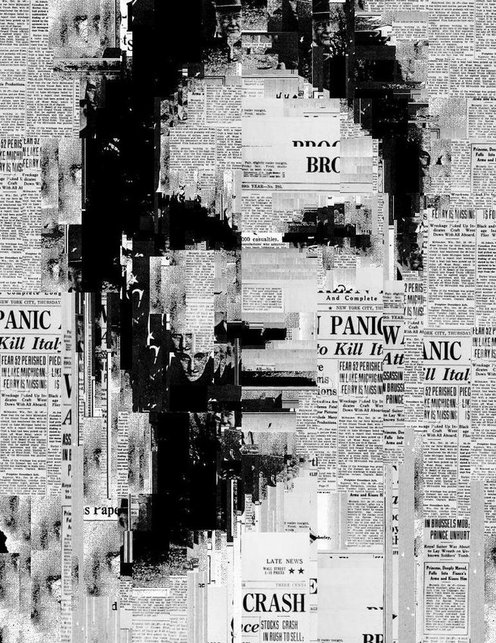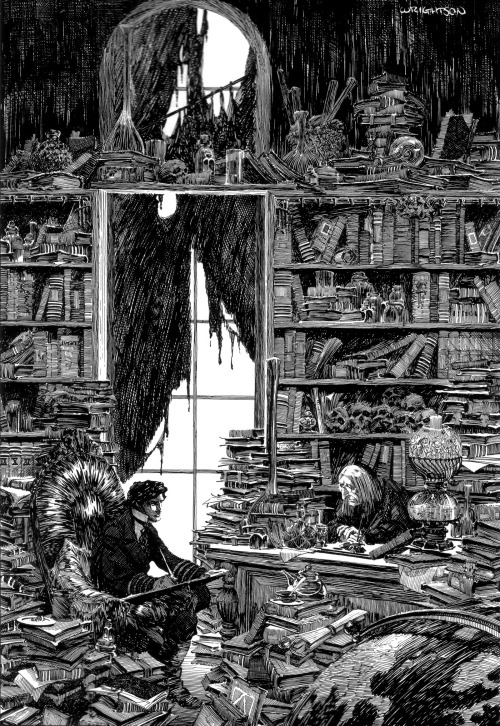"He beheld an image of the Earth in his hands, held aloft. He no longer saw it as it was commonly perceived: it was no longer the amalgam of its constituents. The blindness erupted, he opened ancient eyes upon a faceted jewel. He shifted the sphere in the sun's singular beam. At once there shone the red core, the next the warming thrum of topaz, the next the clearest blue. The world shifted, but he controlled its pitch, he controlled its effect." ~
The Lipherious Gazette, 08SEP15
As a child, what factors would draw you into a book? It's cover most likely. Next would be the author. Perhaps a provocative title. It's shape, paper weight, heft, smell, print, pictures, inlay, fore edge, fly leaf, end sheets, pastedown...things known and not yet known. All of them combined were constituents to an experience. You will hear this from me often: a book is technology. From the standpoint of knowledge the democratization of the printed book has enjoyed a much greater lifespan of revolution, progress, education than the internet. The internet would not exist if not for the book. The erudition of the human citizen would be far less certainly.
What drew me well after a story was read, as a child, was the fictional map in the end sheets. The maps of well known stories can instantly recall the hero's journey. It can, in an instance, provide the eye all of the salient points of a book. It allowed a child to dream. To run a finger over rivers, across roads, feeling the courseness of the paper and the 'realness' of a story.
End sheet maps run the gamut of monotone or color. If authenticity of age is required, the monotone sepia of the past lends credence. Color is immediate and modern. Each tell a story in different ways. Here are a few of the ones that have led me on an endless journey to seek more...
 |
| The Princess Bride |
Thinking more over it on the long weekend, it reminded me of Daniel J. Boorstin's
The Discoverers. Boorstin's strength in narrative is to take the recognizable and lucidly move outward then back inward, reaching out for the largesse then pulling it back to reflective ideas.
Discoverers looks at time (as clock), the earth (through its maps), nature (cataloging), society (community of knowledge). Considering the (lack of) conventions of our age, Boorstin does not fit any singular continuity, but, I feel, allows for judgement and exploration of ideas.
"The great obstacle to discovering the shape of the earth, the continents, and the ocean was not ignorance but the illusion of knowledge." - 86
 |
| Narnia |
"For [Gutenberg] was a prophet of newer worlds where machines would do the work of scribes, where the printing press would displace the scriptorium, and knowledge would be diffused to countless unseen communities." - 510
IT is within these maps that democratized imagination. As Stanislav Grof said, "Ancient eschatological texts are actually maps of the
inner territories of the psyche that seem to transcend race and culture and originate in the collective unconscious."
The Discoverers is available everywhere.
 |
| The Hobbit |
 |
| Treasure Island |
"Many a trip continues long after movement in time and space have ceased." - John Steinbeck
















